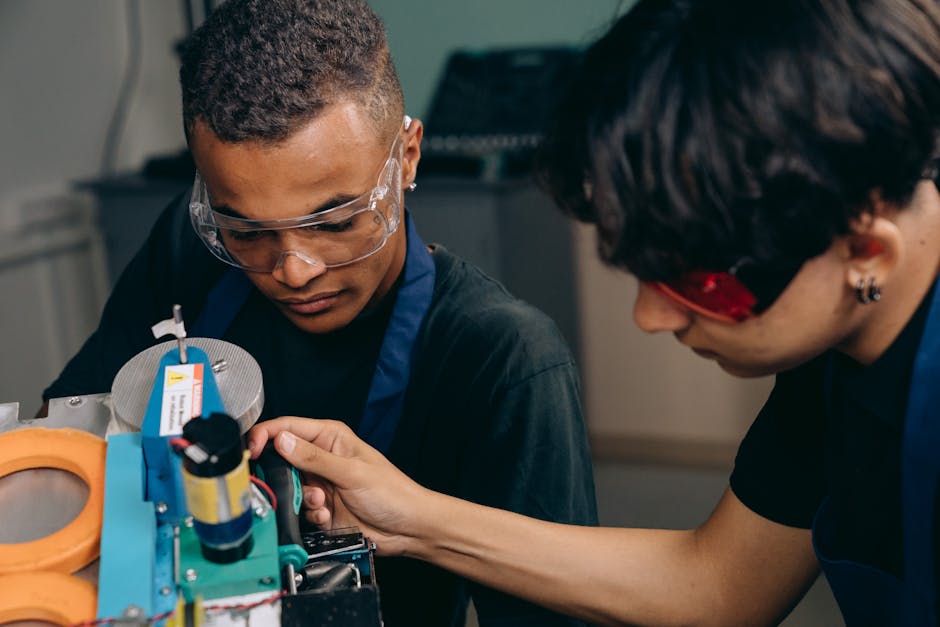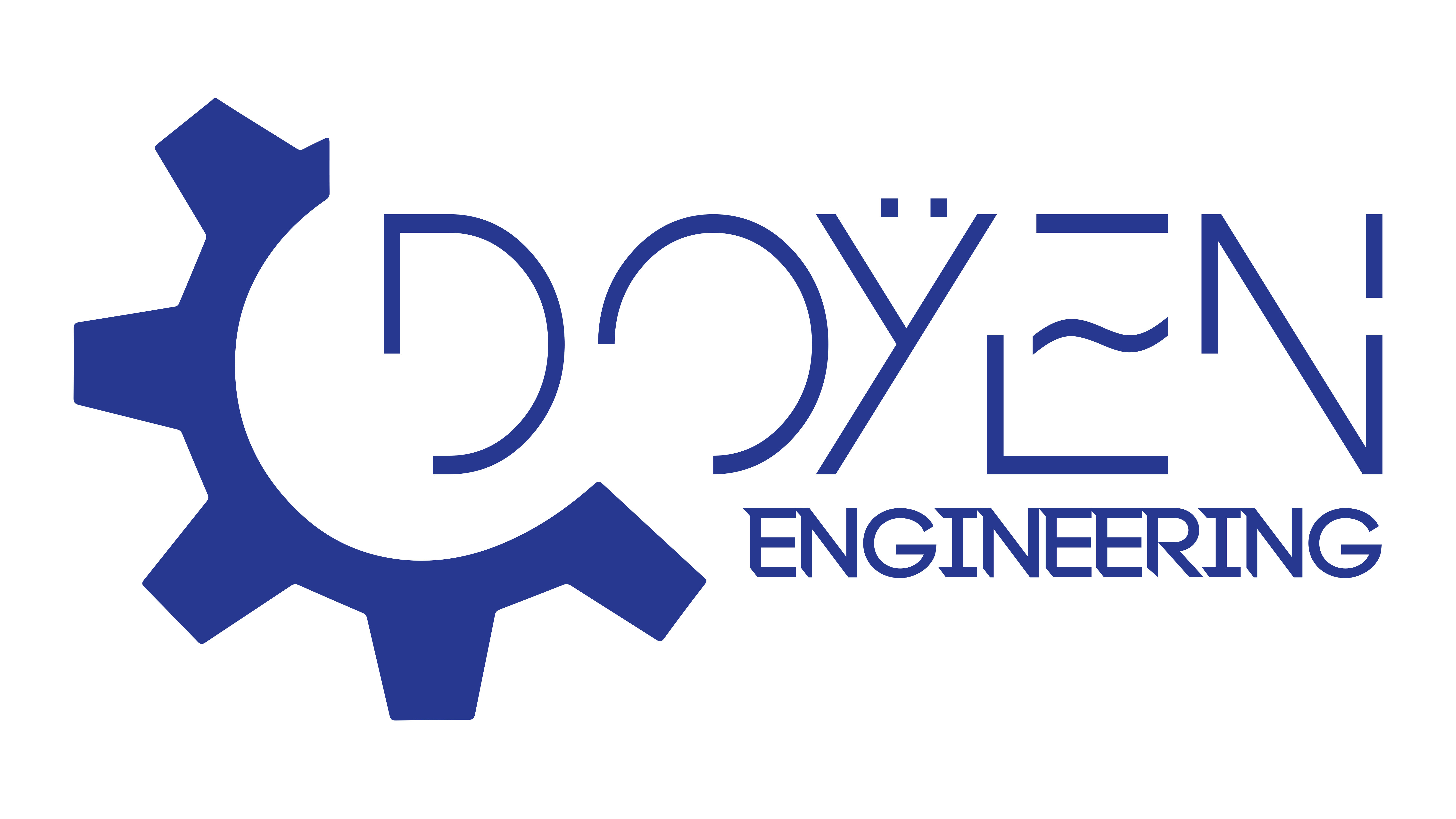
Introduction
Importance of Collaborations in Electrical Engineering
In the ever-evolving field of electrical engineering, collaborations between academia and industry have become essential. These partnerships not only enhance research but also ensure that graduates are well-prepared for the workforce.Consider the following benefits:
- Real-World Application: Students gain practical experience.
- Access to Resources: Both parties share cutting-edge technology.
- Innovative Solutions: Combining diverse expertise leads to breakthroughs.
Overall, such collaborations are pivotal in shaping the future of electrical engineering, enabling the translation of theoretical concepts into real-world applications.

Historical Overview of Academia-Industry Collaborations
Building on the significance of collaborations in electrical engineering, it's essential to understand their historical context. These partnerships have evolved over decades, ultimately shaping the landscape of engineering education and practice.
Early Developments
In the mid-20th century, collaborations began to form as academic institutions realized the value of industry partnerships. Some key milestones include:
- 1960s: Government-funded research initiatives linked universities and tech companies.
- 1970s: Establishment of university-affiliated research centers aimed at specific technologies.
These early collaborations were often centered around innovation and funded by public grants, igniting a trend that would expand over the years.
Modern Era Influence
Fast forward to the late 20th century, where:
- Joint Research Projects: Universities partnered with companies like IBM and Intel.
- Curriculum Development: Industry feedback guided academic programs, aligning educational goals with job market demands.
Reflecting on these historical milestones highlights how vital partnerships in electrical engineering have become, paving the way for future advancements and enhanced educational outcomes.
Benefits of Collaboration for Electrical Engineering Field
Continuing from the impact of historical collaborations, it's clear that these alliances bring significant benefits to the electrical engineering field today. One of the most notable advantages is research advancements.
Research Advancements
Collaborative efforts between academia and industry create a fertile ground for groundbreaking research. Some notable benefits include:
- Access to Funding: Industry partners often contribute substantial resources for research projects.
- Expertise Sharing: Researchers gain insights from industry professionals that enhance the quality of studies.
- Accelerated Innovation: Combining academic theory with practical applications yields faster development of technologies.
For example, partnerships have led to advancements in renewable energy technologies, as universities work with companies to develop more efficient solar cells. Such collaborations not only drive innovation but also keep electrical engineering at the forefront of technological progress. Ultimately, this synergy fosters an environment where ideas thrive and lead to tangible solutions for real-world challenges.
Case Studies of Successful Collaborations
Building on the significance of research advancements, examining specific case studies can illuminate the tangible outcomes of successful collaborations in the electrical engineering field.
Case Study 1: MIT and Draper
One prime example is the long-standing partnership between the Massachusetts Institute of Technology (MIT) and Draper, a nonprofit engineering innovation firm. Together, they tackled various challenges, including advancements in biomedical engineering.
- Project Highlights: Development of advanced prosthetics that enhance mobility and usability for amputees.
- Benefits: The collaboration integrated academic research with real-world engineering, resulting in cutting-edge technology.
Case Study 2: Stanford University and Tesla
Another noteworthy collaboration is between Stanford University and Tesla. This partnership has focused on accelerating the development of electric vehicle technologies.
- Project Highlights: Joint research on energy storage systems and battery efficiency.
- Benefits: Combining Tesla's industry knowledge with Stanford's research capabilities has led to innovations that improve electric vehicle performance.
These case studies exemplify how collaborative efforts between academic institutions and industry leaders not only foster innovation but also produce impactful solutions that benefit society at large. They remind us that teamwork drives progress in electrical engineering.
Challenges Faced in Academia-Industry Partnerships
While the success stories of academia-industry collaborations are inspiring, it’s crucial to acknowledge the challenges that often arise in these partnerships. Understanding these hurdles can help pave the way for more effective collaborations in the future.
Common Challenges
Several obstacles can hinder productive partnerships:
- Misaligned Goals: Academic institutions often prioritize theoretical research, while industry seeks practical solutions.
- Intellectual Property Issues: Navigating ownership rights can create friction, leading to disagreements over innovations.
- Communication Gaps: Differences in terminology and workflow can complicate collaboration efforts.
For instance, when a university team and a tech company worked on a software project, they faced repeated misunderstandings due to differing expectations on project timelines. Learning to communicate effectively is essential in overcoming such moments.
Resource Constraints
Moreover, limited resources can impact the depth of collaboration:
- Funding Limitations: Some initiatives may struggle to secure adequate funding, leading to project delays.
- Time Commitments: Balancing academic responsibilities with industry demands can strain both parties.
Addressing these challenges head-on can drastically improve the outcome of collaborations, ultimately leading to a more fruitful partnership in the electrical engineering realm.
Strategies to Enhance Collaboration Efforts
To overcome the challenges faced in academia-industry partnerships, adopting effective strategies is essential. Among these, joint research initiatives stand out as a powerful way to foster collaboration while driving innovation in the electrical engineering field.
Joint Research Initiatives
Joint research initiatives create a structured approach for universities and industry partners to work together. Here are some strategies that can enhance these efforts:
- Define Clear Objectives: Establish mutual goals to ensure both parties are aligned from the start.
- Leverage Expertise: Encourage teams to share knowledge and expertise, fostering a culture of collaboration.
- Regular Communication: Schedule frequent meetings to discuss project progress and address any issues that arise.
For example, a collaborative project between a university and a leading semiconductor company not only advanced chip technology but also provided students with hands-on experience. Such initiatives create a win-win scenario, offering invaluable learning opportunities while addressing real-world challenges.By implementing these strategies, partnerships can thrive, steering clear of common pitfalls and ultimately leading to innovative solutions in electrical engineering.

Impact of Industry Collaboration on Education
As we explore strategies to enhance collaboration efforts, it’s essential to examine the significant impact that industry partnerships have on education, particularly within electrical engineering.
Real-World Skills Development
Industry collaboration enriches educational experiences and prepares students for successful futures in their careers. Some key impacts include:
- Practical Experience: Students gain hands-on experience through internships, cooperative education, and project-based learning opportunities.
- Curriculum Relevance: Educational programs evolve based on industry needs, ensuring that students learn the skills most sought after by employers.
- Mentorship Opportunities: Students often benefit from mentorship provided by industry professionals who share insights and guidance.
For instance, a recent collaboration between a university and an aerospace company resulted in students working on real-time projects, which enhanced both their technical skills and confidence.These partnerships not only facilitate a deeper understanding of theoretical concepts but also bridge the gap between academia and industry, ensuring that electrical engineering education remains relevant and impactful.

Future Trends in Academia-Industry Partnerships
As we reflect on the impact of industry collaboration on education, it’s exciting to consider the emerging trends that will shape the future of academia-industry partnerships in electrical engineering.
Emphasis on Sustainability
One significant trend is the growing emphasis on sustainability. As societal concerns about climate change and environmental impact rise, collaborations will increasingly focus on:
- Green Technologies: Developing renewable energy solutions and efficient power systems.
- Sustainable Practices: Implementing eco-friendly methods in research and production processes.
For example, partnerships aimed at creating more efficient solar panels not only advance technology but also align with global sustainability goals.
Increased Digital Integration
Additionally, the rise of digital technologies will redefine these partnerships. Key aspects include:
- Remote Collaboration: More projects will leverage digital tools, facilitating communication across distances.
- Data-Driven Research: Utilizing big data analytics will enhance research outcomes and innovation.
These trends indicate a dynamic future for academia-industry partnerships, striving not only for technological advancement but also for responsible and sustainable growth in the electrical engineering field. As educators and industry leaders work together, the possibilities are endless.
Ethical Considerations in Collaborations
Transitioning from the exciting potential of future trends in academia-industry partnerships, it’s crucial to address the ethical considerations that must guide these collaborations in electrical engineering.
Integrity and Transparency
Ensuring integrity and transparency is vital in fostering trust between academic and industry partners. Key ethical considerations include:
- Intellectual Property Rights: Clearly defining ownership of innovations and research outcomes to prevent disputes.
- Research Integrity: Maintaining high standards for ethical research practices, including proper data collection and analysis.
For example, a university project sponsored by a tech company might face scrutiny regarding the source of funding. Transparency in these financial relationships protects the reputation of educational institutions and promotes ethical accountability.
Equitable Collaboration
Moreover, emphasizing equitable collaboration is essential:
- Inclusivity: Ensuring all voices are heard, including students and underrepresented groups, fosters a richer partnership.
- Fair Compensation: Addressing the value of academic contributions fairly recognizes the time and expertise of researchers.
By keeping these ethical considerations at the forefront of collaborations, stakeholders can create partnerships that are not only effective but also responsible and beneficial for all parties involved in the electrical engineering sector.
Summary and Conclusion
As we conclude our exploration of academia-industry partnerships in electrical engineering, it’s clear that these collaborations yield profound benefits while also presenting unique challenges.
Key Takeaways
Here are some essential points to remember:
- Mutual Benefits: Partnerships enhance research, innovation, and educational experiences for students.
- Navigating Challenges: Awareness of common hurdles can lead to more effective collaborations.
- Future Opportunities: Trends such as sustainability and digital integration promise exciting developments.
In my own experience as an educator, witnessing students thrive in joint industry projects underscores the value of these alliances. By prioritizing ethical considerations and fostering open communication, academia and industry can create a vibrant landscape for future advancements in electrical engineering.Ultimately, embracing these partnerships will not only advance technology but also prepare the next generation of engineers for a successful career. Together, academia and industry can forge a path toward a brighter, more innovative future.





